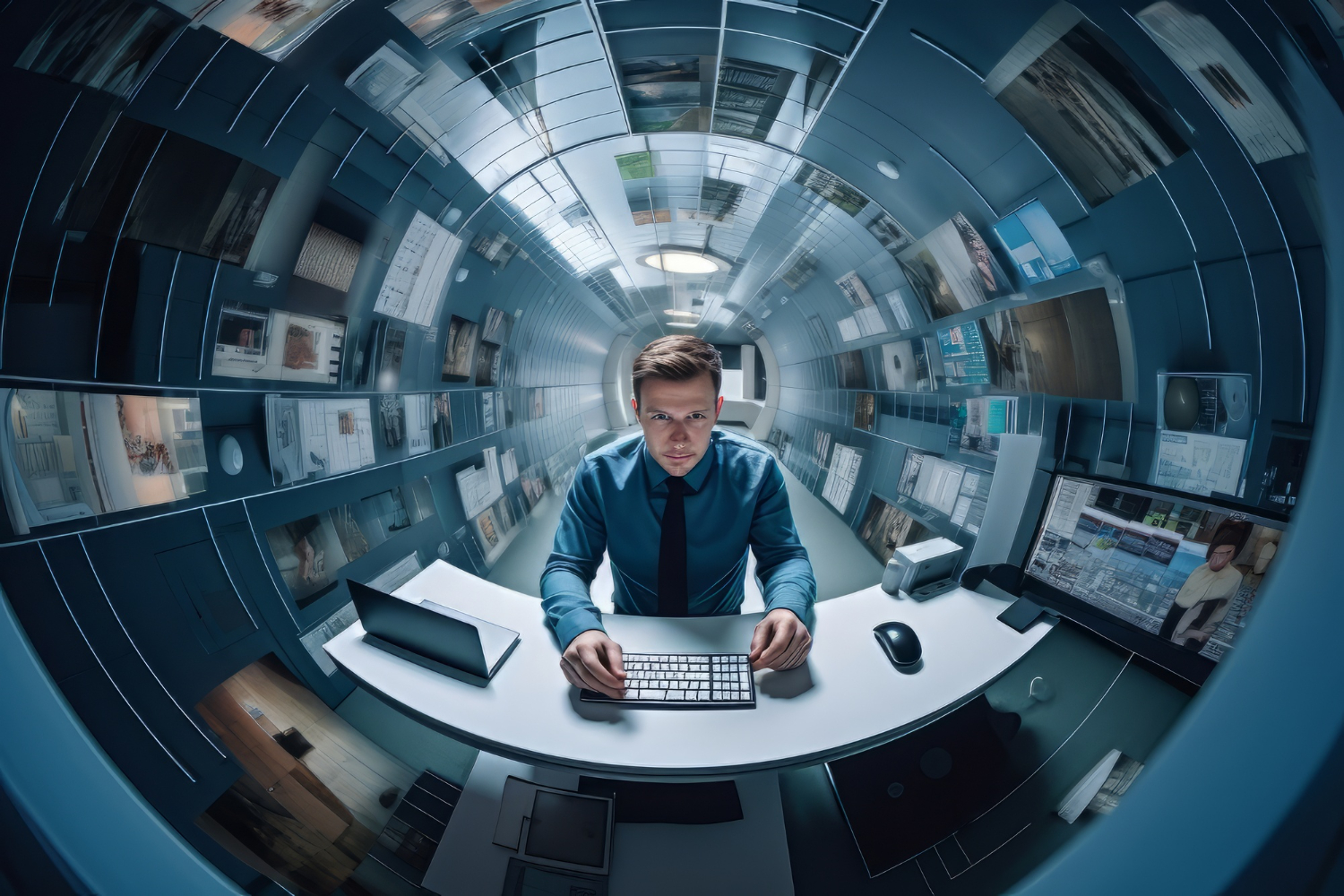Companies today grapple with identifying AI-generated content due to its increasingly sophisticated nature. As AI technology evolves, the generated content becomes more nuanced, making it challenging to distinguish from human-created content. This convergence creates a pressing need for advanced detection tools.
However, even these advanced tools face limitations. The very nature of an arms race exists between AI content generation and detection. As AI gets better at producing human-quality content, detection tools need to constantly adapt and improve their algorithms. This requires significant investment in research and development, making it an ongoing challenge for companies to stay ahead of the curve.
Why is AI content so hard to detect?
Companies face a constant battle in detecting AI-generated content. As AI technology advances, the content it produces becomes more sophisticated, mimicking human writing styles with greater nuance. This convergence makes it increasingly difficult to distinguish AI-generated text from human-written content, highlighting the need for ever-evolving detection tools.
However, these detection tools themselves face limitations. The very nature of AI development creates an arms race. As AI gets better at producing human-quality content, detection tools need to constantly adapt and improve their algorithms. This requires significant investment in research and development, making it an ongoing challenge for companies to stay ahead of the curve.
What are the limitations of current detection tools?

Existing detection tools often struggle with accuracy and can produce false positives or negatives. They might flag genuine human-created content as AI-generated or vice versa. These inaccuracies stem from the tools’ reliance on patterns that AI technologies are quickly learning to evade.
Another limitation is the sheer volume of data that needs to be processed. As the amount of content created by AI continues to grow, detection tools can become overwhelmed, leading to slowdowns or missed detections. Additionally, the tools themselves can be expensive to develop and maintain, which can limit their accessibility to some users.
How does the volume of AI-generated content affect detection?
The sheer volume of content produced by AI makes monitoring and evaluation a daunting task. For every piece of content a detection tool evaluates, countless more are created. This volume creates a backlog, delaying the detection of AI-generated content and allowing it to proliferate unchecked.
What steps can companies take to improve detection?
To enhance their detection capabilities, companies can:
- Invest in research: Develop sophisticated AI-powered tools that learn and adapt.
- Collaborate with experts: Share knowledge and resources to stay ahead of AI content generators.
- Implement proactive measures: Understand attack surfaces, invest in threat intelligence, patch vulnerabilities, and educate employees.
- Utilize detection techniques: Employ SIEM systems, leverage analytics and machine learning, and implement deception technology.
- Practice continuous improvement: Plan and test incident responses, monitor metrics and collaborate with others.
- Expand beyond AI content generators: Detect a wider range of threats, including malware, phishing attacks, data breaches, and insider threats.
- Remote Hiring in 2025 - April 5, 2025
- Burnout in Remote Teams: How It’s Draining Your Profits - January 27, 2025
- Signs You’re Understaffed - January 20, 2025
